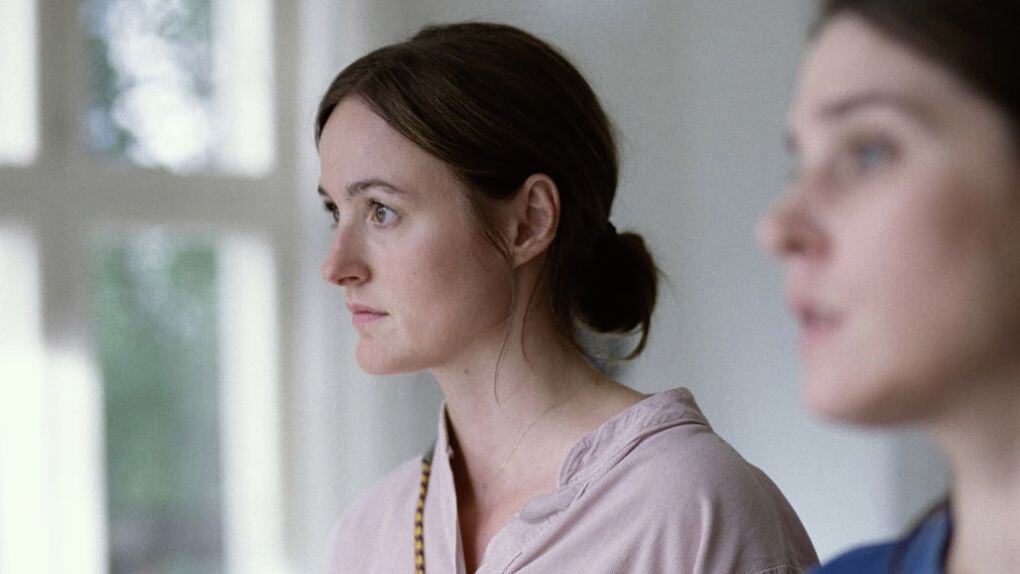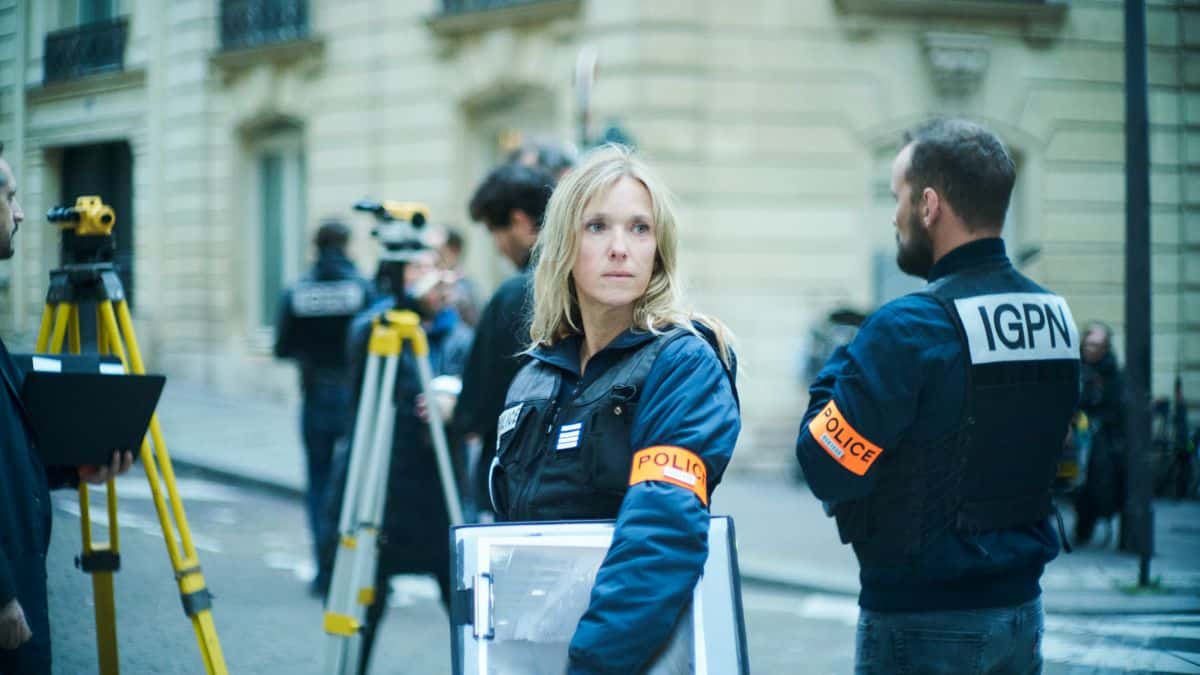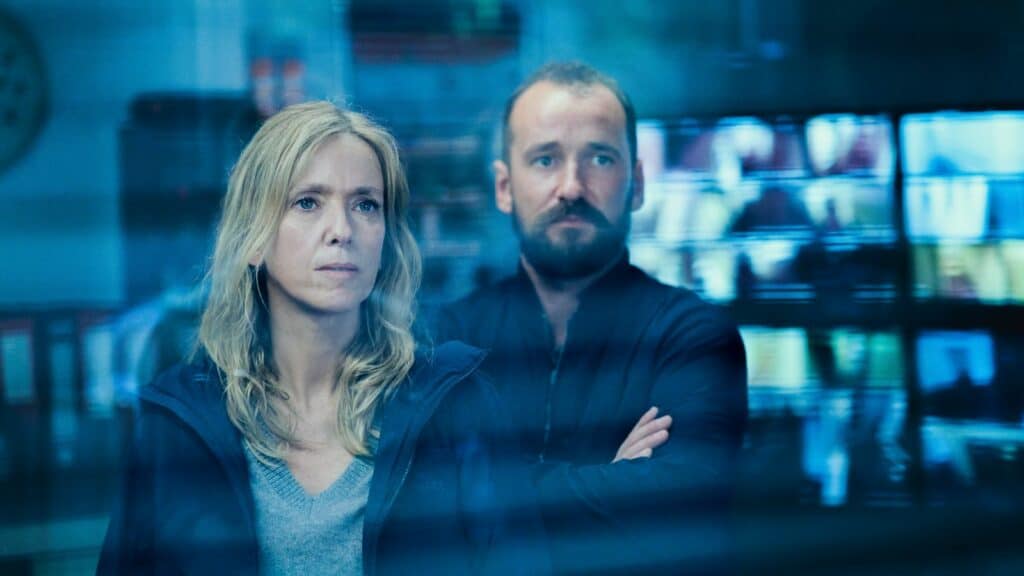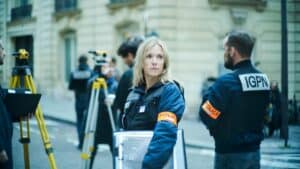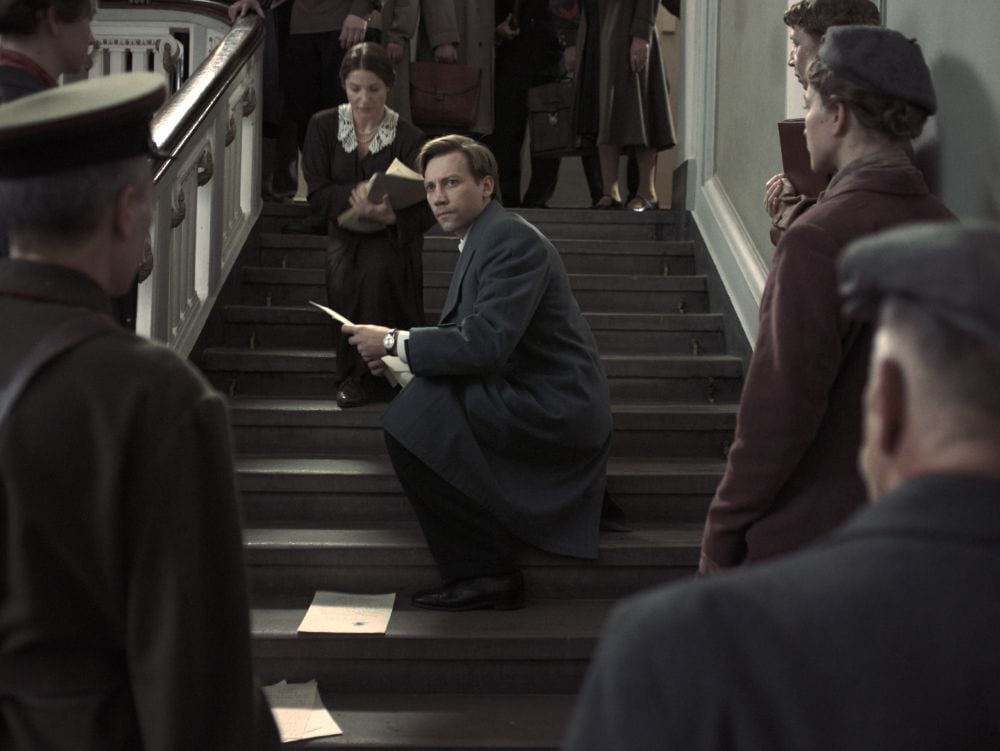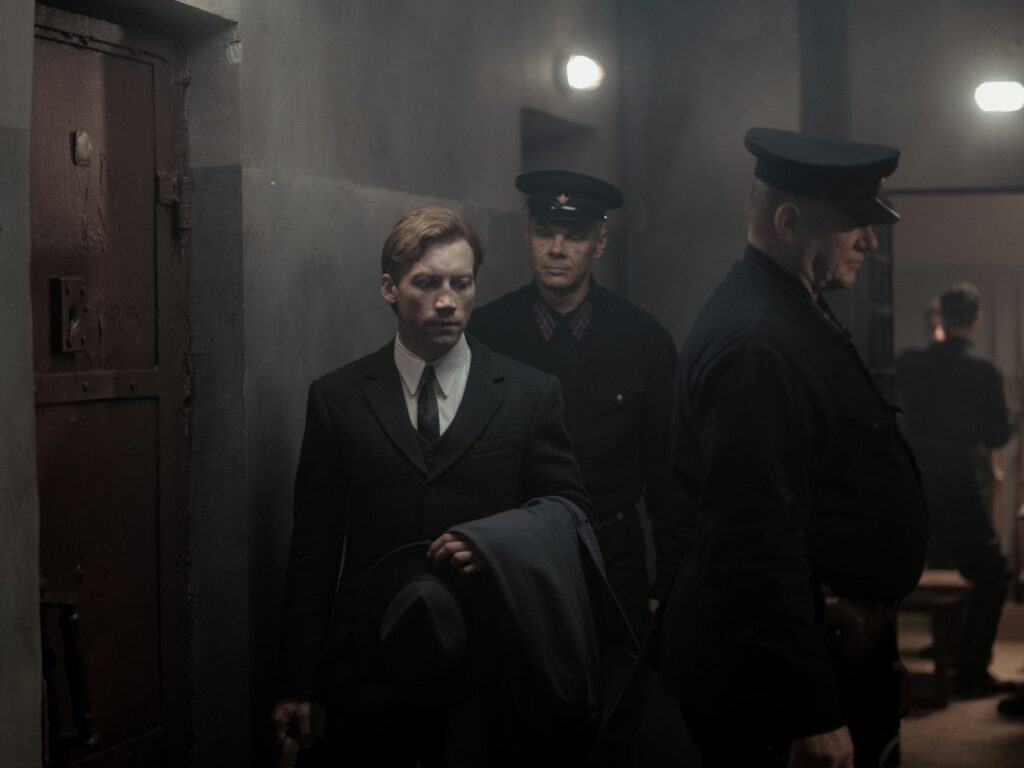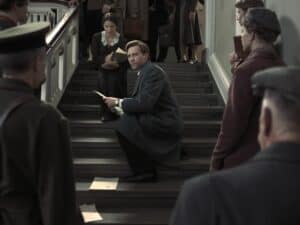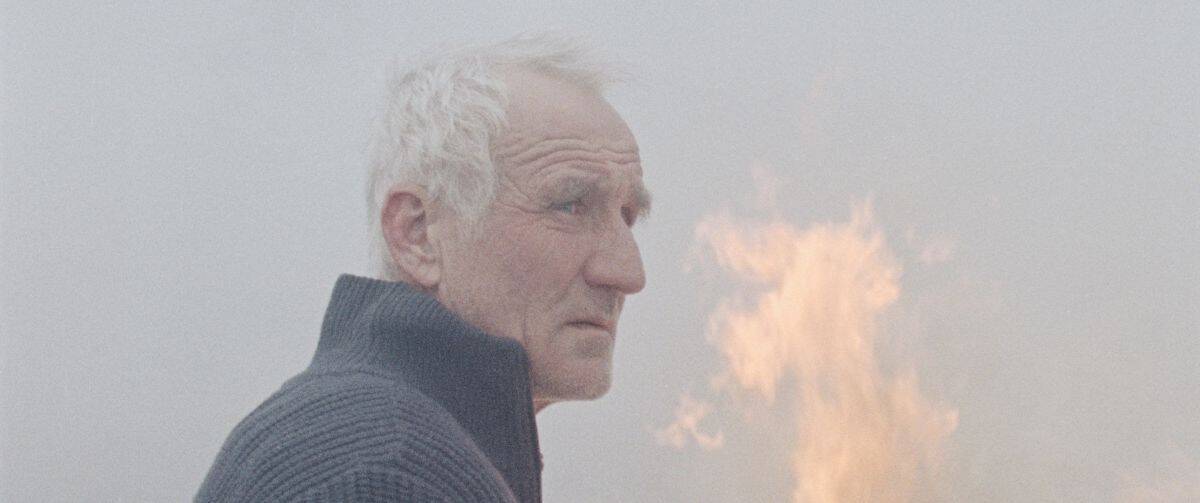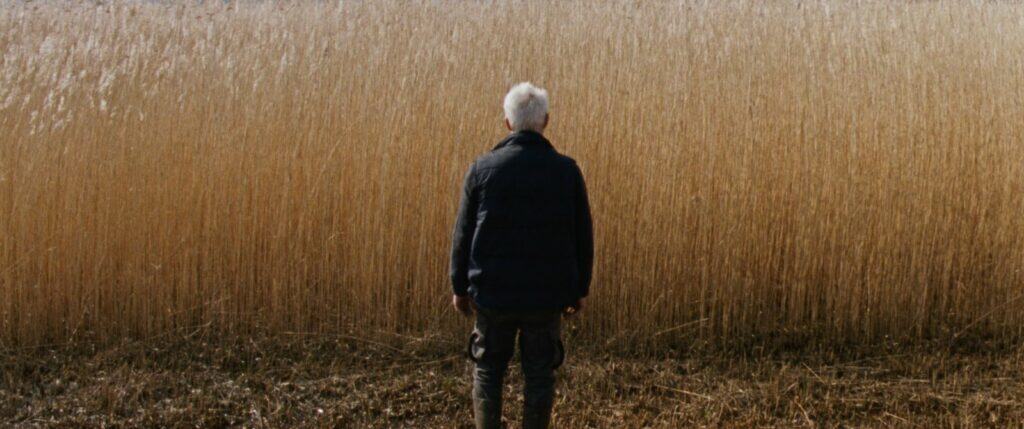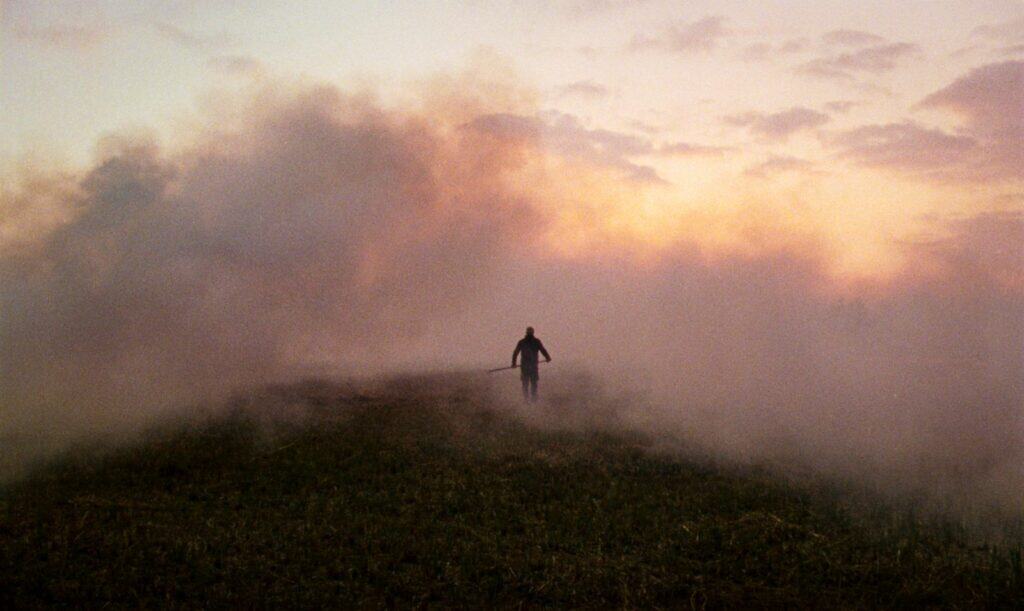Sentimental Value (Affeksjonsverdi) is the latest film directed by Joachim Trier. It is his first feature since The Worst Film Person in the World, which was screened at the 2021 Cannes Film Festival, and he walked away with a Best Actress Award for Renate Reinsve. The follow-up is a family drama set in Oslo. The story centres on sisters Nora (Renate Reinsve) and Agnes (Inga Ibsdotter Lilleaas), grieving their mother’s death. Their estranged father, Gustav Borg (Stellan Skarsgård), a once-celebrated filmmaker absent for much of their lives, reenters their world with a script for a comeback film to be shot in their family home—a place steeped in generations of memories, including the suicide of Gustav’s mother.
Gustav offers Nora, a successful stage actress, the leading role in his semi-autobiographical project. Still, she rejects it due to their strained relationship and her own emotional struggles, including stage fright and complicated personal life. Instead, Gustav casts Rachel Kemp (Elle Fanning), a Hollywood star eager to work with a legendary director, to play the role intended for Nora, further complicating family dynamics. Gustav decides to shoot the film in the old family home, where he coaches Rachel about his family’s life, including his wife’s suicide. As the sisters wrestle with grief, old wounds, and their father’s inconvenient resurrection, the film deals with reconciliation attempts, with the family home standing in as a creaky stage for their unresolved drama.
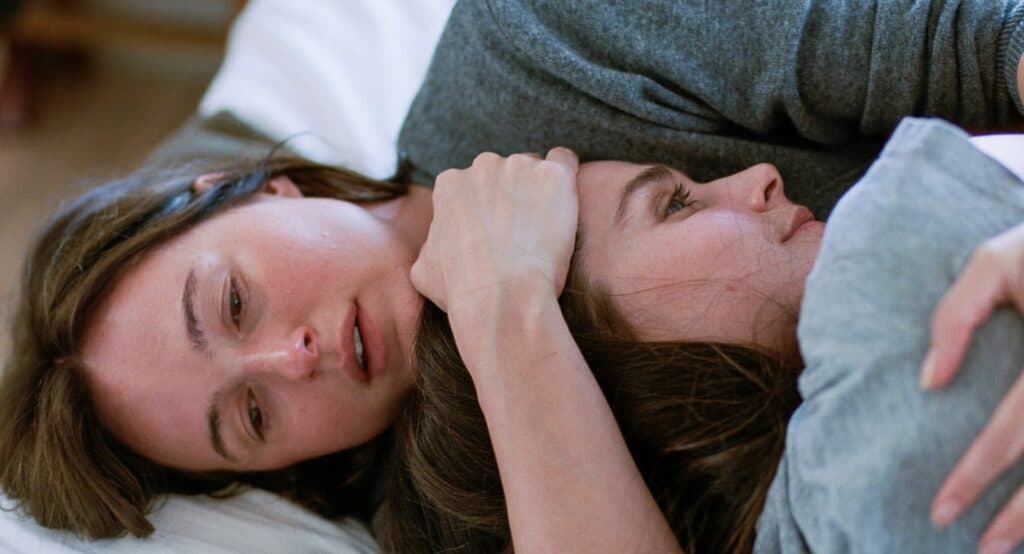
On faut Trier tout
As loyal readers might remember, I was not entranced by The Worst Person in the World. It even made it to the third spot on my Disapproval list that year, which was topped by Bergman Island. While watching Trier’s new work, my thoughts often drifted to Mia Hansen-Løve’s shipwreck of a film, not only because of the numerous references to Ingmar but also because of the cliché-ridden theme of the absent father who only cares about his art. Something that is unartfully discussed ad nauseam in Bergman Island. The dialogue between Gustav Borg (at least he is not called Isak as in Wild Strawberries) and his former cinematographer echoes the sentiment that artists can’t be bothered by family life.
Once again, Eskil Vogt co-wrote the script, and once again, it dabbles in nonsensical phrases. The topic is supposedly heavier this time around. While the previous film suddenly threw in cancer to desperately try to add some weight to a fluffy comedy, this time, WWll takes on the same dubious duty here. All in an attempt to make the sad family story rise above the personal. Sentimental Value is quite manipulative, almost Hollywoodian, so Elle Fanning’s presence is not as jarring as it might appear at first sight. She instead acts as an unintended reminder of how superficial the film is behind the glossy surface. The success at the press screening among the American crowd was palpable.

The original title refers to the word affection rather than sentimentality. Of course, the Norwegian (or Swedish) translation of Sentimental Value uses the word affection. It is still worth considering that “affection” in English refers to a more genuine emotion than “sentimentality”, which often refers to an exaggerated or overblown response. The irony is that the English title better describes the film than the original. That goes for the characters as well. Regarding the Bergman references, Trier attempts to add meta-layers not only to the story, but also cinematically. A Persona reference is particularly egregious. A wise man opined that the film feels like it was made by a young film student who just stumbled on Bergman, and I approve.
Sentimental Value wears its sentiments on its proverbial sleeves. It is heavy-going rather than profound and has nothing important to say about family relationships. The simplistic meta-layers where some scenes, lo and behold, turn out to be scenes from a film being shot is not bound to surprise anyone who has seen more than ten films in their life. That goes, in particular, for the final one. The best thing in the film is the acting. Stellan Skarsgård is magnificent, as always. During the awards press conference, Trier said that the role was written with Skarsgård in mind, and he managed to breathe life into a one-dimensional character. The same goes for Reinsve and Ibsdotter Lilleaas, as the two daughters.
After a while, you stop asking yourself who is Cries and who is Whispers. It was obvious that the film would win an award, but a Grand Prix is hard to accept in an edition that included Sirat, The Secret Agent, and Sound of Falling. The fact that the film is sentimental is unquestionable, while the value is highly doubtful. Nevertheless, there is no doubt that it will be a formidable commercial success.
